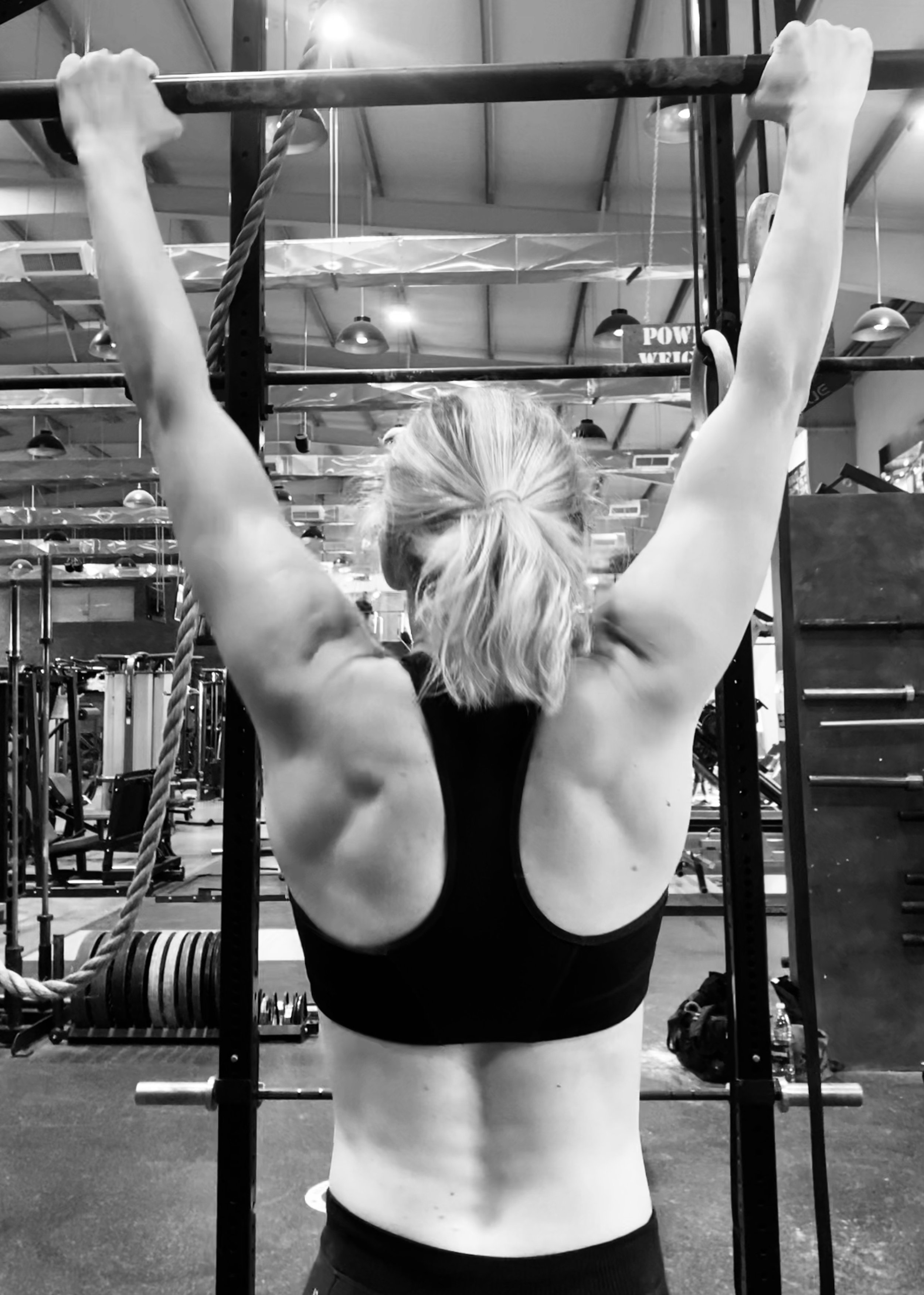
Brachiating. A.K.A: The Dead Hang
Benefits of the Dead Hang for Rehabilitation
According to Dr. Kirsch, the hang is good for people with shoulder impingement and even rotator cuff injuries. Here’s why:
Apart from stretching the brachial arteries, the hang also stretches and strengthens the supraspinatus tendon. This is the tendon that’s mainly responsible for shoulder strength, mobility, and endurance.
Athletes with shoulder impingement syndrome suffer from painful entrapment of soft tissue whenever they elevate the arm. The pathological mechanism is a structural narrowing in the subacromial space. When you raise your arms forward, the supraspinatus tendon gets pinched between the coracoacromial arch and the humeral head and greater tuberosity of the humerus. That’s where the pinching sensation comes from when you try to raise an injured or compromised shoulder.
When the arms are raised straight up as in the dead hang, the humerus presses into the acromion (a bony extension of the shoulder blade). This gives the tendon room to move and stretch without getting pinched. This allows you to exercise, stretch, and reshape this tendon and the surrounding muscles and bones improving mobility while reducing pain
The more you do the dead hang or brachiating, the better and stronger your shoulders will be. It opens up the shoulder muscles and increases their range of motion. This means you can now flex your shoulders across a larger radius, without it feeling like a struggle.

Performance Preparation - R.A.M.P
Time is valuable in the gym! The truth is…. you don’t need to spend 40 min foam rolling, stretching, trigger pointing and doing specific glute activation drill. A dynamic and comprehensive warm up can be complete in under 5 minute. It’s more valuable to use your time effective and optimally to train.
The aim of the warm-up is to prepare both mentally and physically for exercise or competition.21 Without the development of undue fatigue.
An important starting point in examining the optimal protocol of a warm up is to examine the rationale behind why we warm-up. A well designed warm-up can:
Increase muscle temperature
Core temperature, blood flow26, and
Disrupt transient connective tissue bonds.13
These effects can have the following positive effects on performance:
Faster muscle contraction and relaxation of both agonist and antagonist muscles.21
Improvements in rate of force development and reaction time.1
Improvements in muscle strength and power.5,13
Lowered viscous resistance in muscles.13
Improved oxygen delivery due to the Bohr effect where higher temperatures facilitate oxygen release from haemoglobin and myoglobin.26
Increased blood flow to active muscles.26
Enhanced metabolic reactions.13


